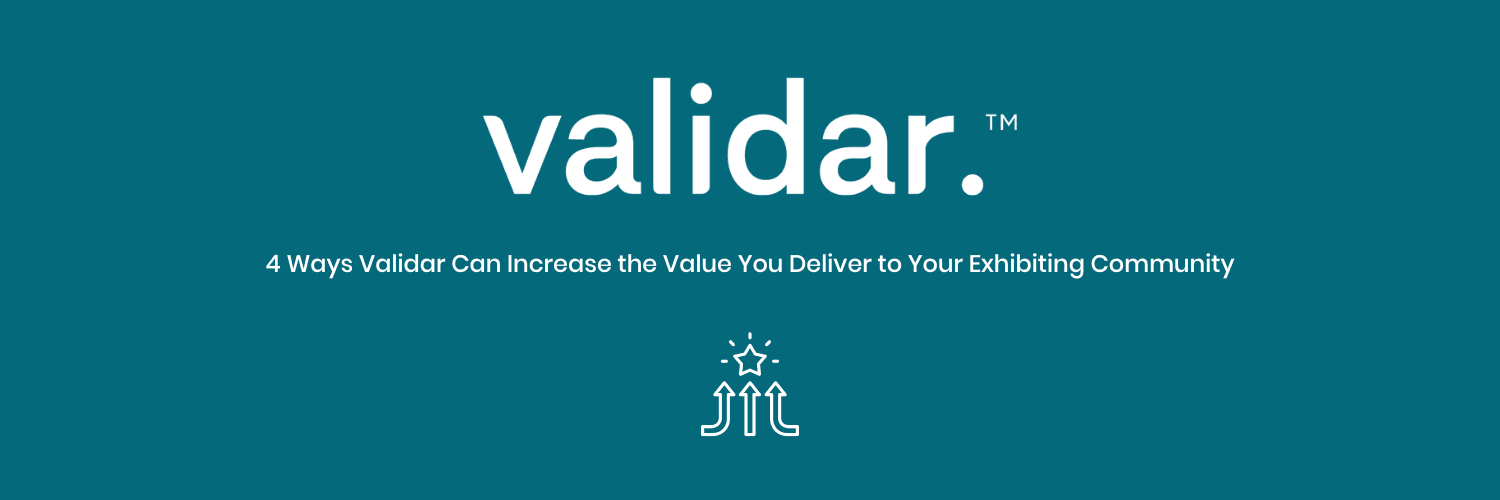No matter the industry, we often rely on human connection to build relationships, personal and business. “There is simply nothing that can replace meeting your customers and prospects face-to-face,” says Matt Heinz, President of Heinz Marketing. This is why seasoned marketers and salespeople prefer to attend in-person events to meet potential leads and connect with current customers. Attending an event requires lots of time and hard work, but is it worth the investment? The Validar team put together a detailed, step-by-step guide on how to plan, optimize and measure your events to earn the highest ROI - read the full version here or follow the summary below to see if it’s relevant for you. {{image}}
Make Strategic Decisions
First, it’s important to avoid mindless, automatic processes and instead make strategic decisions about what you want to get out of it. We suggest approaching every event in three stages:
- Optimizing pre-event
- Cashing-in during the event
- Measuring ROI after and improve
Optimize pre-event
Assuming your event is intended to generate demand for your solutions and services, some of the most important decisions and planning needs to be in place and prepared before you arrive at the event. This would include things like planning the content, developing your messaging and selecting measurement criteria from some of the options we offer in the guide.
Be proactive during the event
Once the framework for your event has been established and is set in place prior to the event, the next key step is to do everything possible during the event to ensure you’re meeting your goals. Much of this revolves around understanding your audience needs, driving attendance to event content that aligns with your goals and adjusting based on what you learn.
Measure your ROI
At the end of every event, it’s important to evaluate how well you achieved your goals and the overall return on investment. To get the raw data to measure your revenue, you have to continue providing valuable materials to your attendees even after the event, as well as following up with any warm leads. You set your performance markers in the pre-event stages, but some of the metrics you can use to track your success would be:
- Which sessions or content performed the best; i.e. who created
- the most hand raisers (conversions)?
- Which sessions or content performed below expectations?
- Average conversions per measurable agenda item?
- Total conversion value per agenda item (lead management foundation campaign)?
The key to a successful event is learning from what was done, optimizing as much as possible and implementing your findings to get the most out of your investment. Consider Validar’s Guide on how to track and optimize ROI from events to learn more about maximizing the impact of in-person investments to increase and measure your ROI.


.png&w=3840&q=75)



